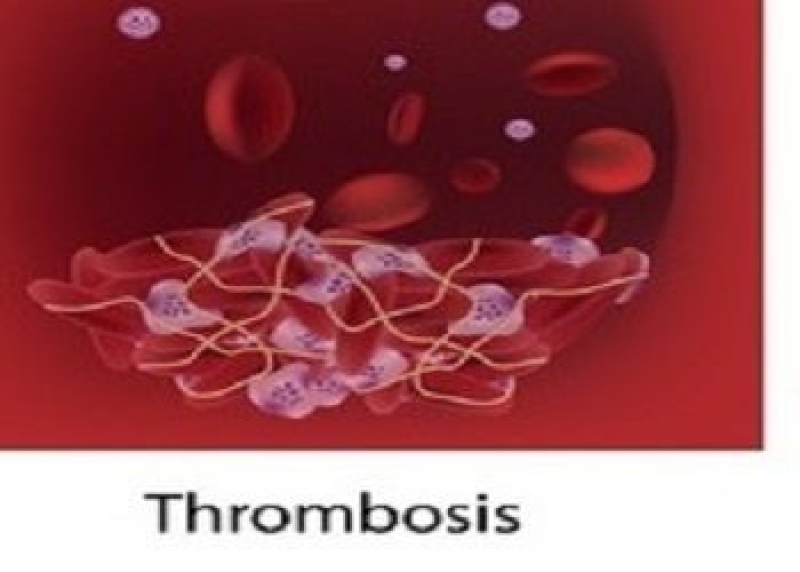Indice
- 1. Dosage and Drug Interactions
- 2. Contraindications
- 3. Adverse reactions
- 4. Laboratory Tests
- 5. The perioperative management of patients on chronic warfarin therapy
WARFARIN part II
Antagonisti Della Vitamina K

In this second part on warfarin I will discuss about dosage and drug interactions, contraindications, adverse reactions, laboratory tests and perioperative management of patients in therapy with warfarin that is the most commonly prescribed oral anticoagulant. Warfarin binds to albumin, and only about 3% is free and pharmacologically active. The dosage can change from one patient to another because it will depend principally on patient’s age, on the drugs the patient is taking because of interactions of warfarin with many drugs, and on some genetic determinants of warfarin metabolism. The most important contraindications are the patients at risk of bleeding and the poor patients compliance. The principal adverse reaction is bleeding and we will discuss how to deal with mild and life-threatening bleedings caused by warfarin. To monitor warfarin therapy we must use a Prothrombin Time (PT) expressed in International Normalized Ratio (INR) as we discussed in the review about “Rivaroxaban”. There are also other laboratory and instrumental examinations that every patient must fulfill before starting an oral anticoagulation therapy. If in case of elective surgery the management of patients in therapy with warfarin cannot be very difficult, in case of emergency surgery can be challenging especially in the elderly or in patients with severe liver impairment. Although warfarin has a narrow therapeutic window and a high variation on dose response, requiring careful monitoring especially in the initiation phase of treatment, it is one of the most important drug discovered in the last century. At the moment oral anticoagulant therapy (OAT) with warfarin, managed by skilled physician at specialized anticoagulation clinics is still the best OAT possible, although the overvalued direct oral anticoagulants are promoted as the future anticoagulants that do not need laboratory control because of their predictable pharmacokinetics and pharmacodynamics. This is not true because as we discussed in the previous reviews, these direct oral anticoagulants (DOACs) need laboratoring monitoring in many particular circumstances and in normal circumstances too. We can only say that they will need less laboratory controls than warfarin. Also if antidots to neutralize the anticoagulant effect of DOA have already been synthesized, at the moment they are not commercially available and, in case of life-threatening hemorrhages we do not have effective therapeutic drugs to stop these bleedings. We can administer Prothrombin complex Concentrates (PCCs) or Activated Prothrombin Complex Concentrates (FEIBA) or Recombinant Activated Factor VII (rVIIa) hoping to block bleedings. It is very challenging to manage patients taking DOACs in case of emergency surgery and, at the moment,we only have proposals and not recommendations in these cases. (see review on “The perioperative management of new oral anticoagulants”) Therefore physicians utilizing anticoagulants must not only have a robust understanding of the pharmacology of the agents they are using and of the laboratory tests used to monitor them, but they must also have a deep knowledge of the evidence regarding their use, and understand how an individual patient’s situation can influence their clinical decisions. In conclusion, in western countries which have specialized anticoagulation clinics, warfarin and the other vitamin K antagonists cannot be substituted at the moment by the direct oral anticoagulants, which on the contrary can be useful in selected patients only.